Sapphire Radeon HD 2900 XT 512MB
Manufacturer: SapphireCore Clock: 742MHz
Memory Clock: 1650MHz
Warranty: Two years (parts and labour)
Price (as reviewed): £250 (inc VAT) (out of stock) / £292.56 (inc VAT) (in stock)
Sapphire managed to get us a card across a few days before the launch, allowing us to get on with some CrossFire testing. The box comes complete with Gordon Freeman staring over the shoulder of Sapphire’s scary-looking avatar. Naturally though, Gordon isn’t fazed by his looks.
The card is securely packed in some rather fetching, but heavy duty, pink foam and the bundled extras are stored underneath it in a separate box.
The highlight of Sapphire's bundle is the voucher for Valve’s Black Box (hence Gordon making a surprise appearance on the box), which includes Half-Life 2: Episode Two, Team Fortress 2 and Portal. As far as we’re aware, the voucher deal with Valve is available to all of AMD’s add-in board partners – it’s a similar deal to the one that ATI had with Valve back when it launched the Radeon 9800 XT and Radeon 9600-series. Hopefully history won’t repeat itself, because Half-Life 2 didn’t come out until after ATI had launched its then next-generation X800-series graphics processing units.
On top of that, there is also a copy of PowerDVD 6 (two channel edition), PowerDirector 4 DE and the full version of 3DMark06. Sapphire also includes a CrossFire connector, two DVI-to-VGA converters, a component cable, a composite/S-Video in/out cable (for the card’s VIVO functionalities) and a DVI-to-HDMI adapter. This not only carries the video, but also carries sound from R600’s on-chip audio controller too – we’ll come back to this later.
The bundle is rounded off with a driver CD, a Sapphire case badge and a user manual.
As you’d expect at this point in time, Sapphire’s card is nothing more than a reference card with a couple of Sapphire stickers neatly placed on the centre of the card’s centrifugal fan, and another on the 6-pin PCI-Express power connector. There’s honestly nothing more to say about the card that we haven’t said already, so let’s have a look at what’s under the heatsink...

MSI MPG Velox 100R Chassis Review
October 14 2021 | 15:04


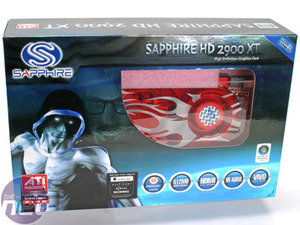
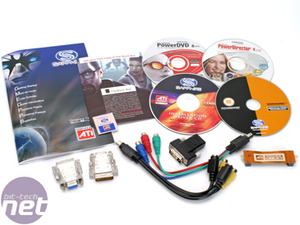

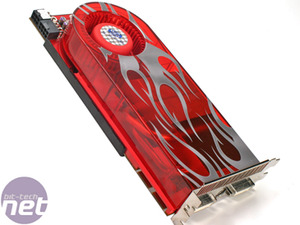
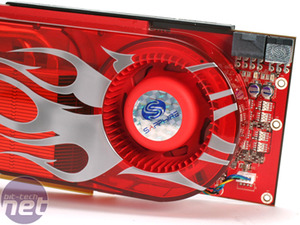
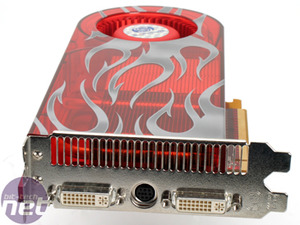







Want to comment? Please log in.